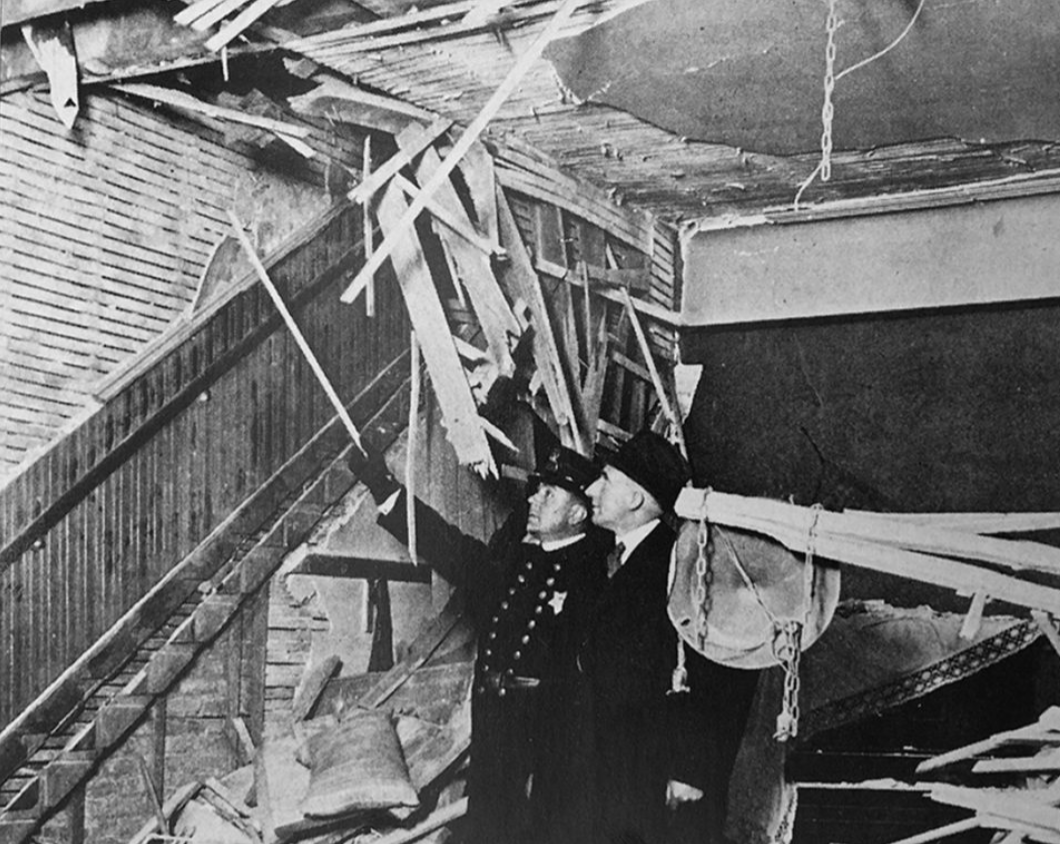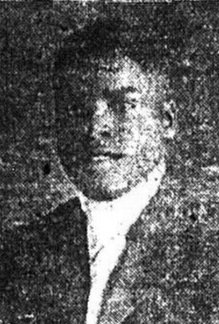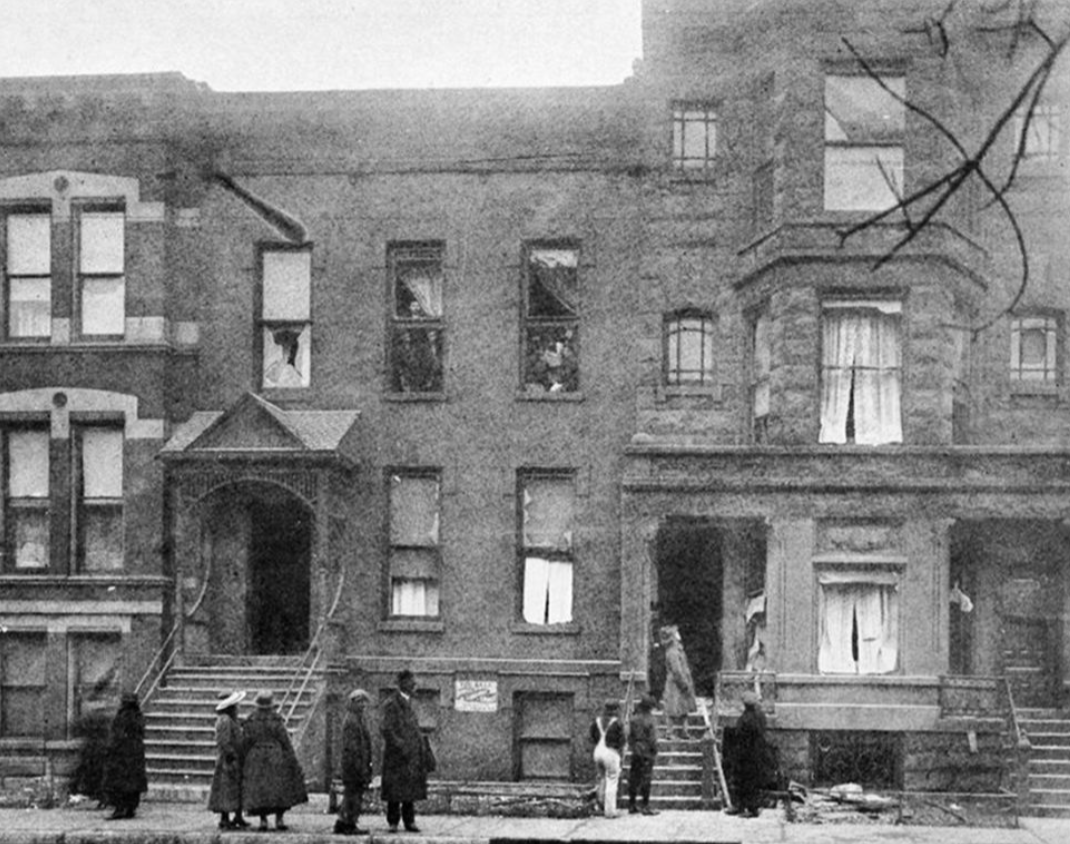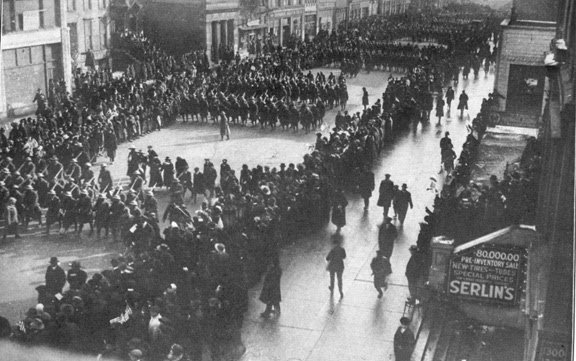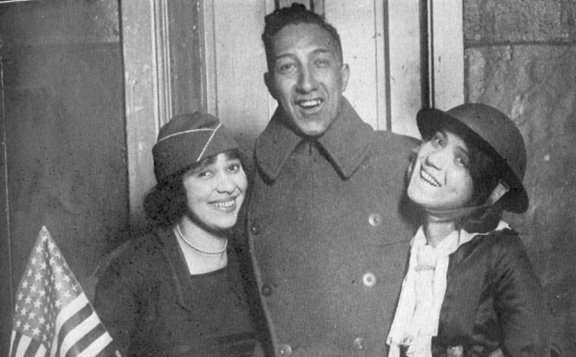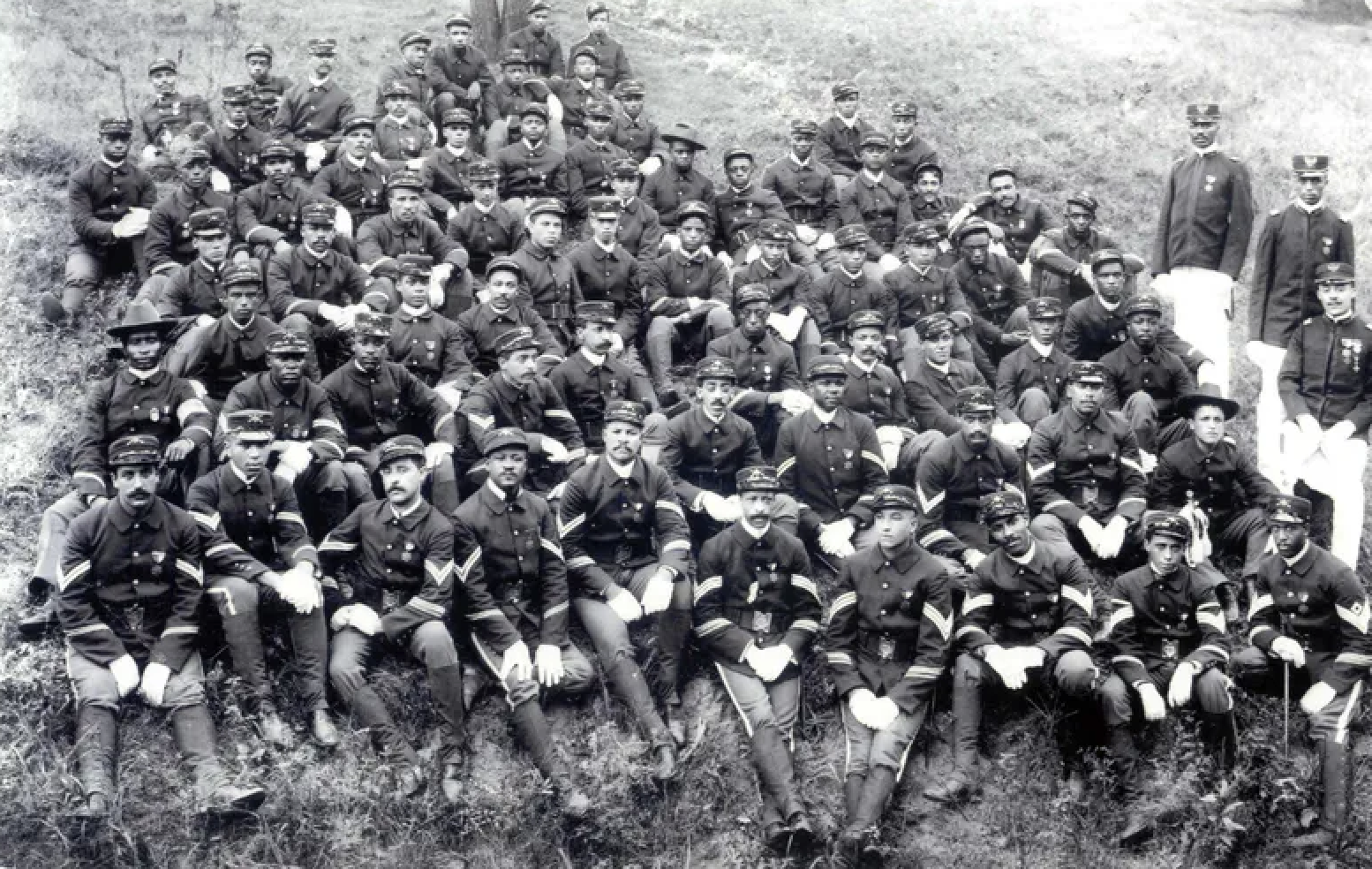Today in History - The 1919 Chicago Race Riots
Crowd and armed National Guard soldiers, outside Ogden Cafe, Chicago, 1919
July 27th — The Chicago Race Riot of 1919, among the most severe of nearly two dozen race riots that unfolded across the United States during the tumultuous "Red Summer," was ignited by the untimely demise of Eugene Williams.
While the riots were contained in nearly a week, their lasting effects contributed to a century of segregation in the city.
The Incident
On a scorching summer day, July 27th, 1919, five teenagers ventured into Lake Michigan to cool off. Tragically, one of them drifted into a whites-only beach, which incited anger among white individuals who responded by hurling stones at them. The young seventeen-year-old, Eugene Williams, was struck in the head by one of these stones and tragically drowned shortly thereafter.
The situation worsened when the police refused to arrest the white man accused of causing Eugene Williams' death. The growing fury among the crowd on the beach led to a tumultuous disturbance. Chaos consumed the streets of Chicago for 13 long days, with violence escalating during each sporadic clash. The city was gripped by an unrelenting atmosphere of unrest and tension.
38 people lost their lives, and hundreds were injured. Additionally, around 1,000 Black families were left homeless as a result of the unrest.
The History
Chicago celebrated the return of the all Black infantry Regiment with a parade on Michigan Avenue. - Courtesy Chicago Tribune
By the early 20th century, the Great Migration was underway. African American Southerners were moving to Chicago in droves. Housing continued to be a critical problem in Chicago. The African American population had surged from 44,000 in 1910 to more than 109,000 in 1920.
Thousands of eager soldiers had returned, seeking employment opportunities. Their reentry into the workforce ignited a sense of hope but also brought forth a set of challenges, intensifying the competition for available jobs.
Additionally, their experiences abroad transformed many African-American soldiers, inspiring them to challenge discrimination and segregation. This same bold stance provoked fear and anger among many white individuals.
Because Black workers weren’t allowed membership of white unions, they were often brought in as “strikebreakers” against unionized employees, creating more tension.
The growing violence was a manifestation of heightened racial tensions, fueled by a various contributing factors such as the Great Migration, increased competition for jobs, the efforts made by Chicago African Americans to secure adequate housing, and a rise in militancy among Black war veterans who had risked their lives for democracy.
In the South, the Ku Klux Klan experienced a resurgence, leading to numerous lynchings in 1918 and 1919. Race riots also erupted in various cities such as Washington, D.C., Knoxville, Tennessee, Longview, Texas, and Phillips County, Arkansas. In the North, Chicago and Omaha, Nebraska, were hit by the worst race riots.
The Legacy
The horror of the Chicago Race Riot temporarily jolted the nation out of its indifference towards the escalating racial tensions. President Woodrow Wilson condemned the "white race" as the "aggressor" in both the Chicago and Washington riots, prompting initiatives to foster racial harmony through voluntary organizations and progressive legislation in Congress.
Despite that, a longing for better race relations emerged among Chicagoans. Sadly, city and business leaders opted for an alternative direction. In 1925, restrictive covenants emerged, formally barring black people from moving into certain white neighborhoods.
This period marked a significant turning point in the country's labor market as it grappled with the post-war transition and the needs of the returning Black soldiers. Additionally it helped strengthen collective determination among African Americans to continue to stand up for their rights in the face of injustice and oppression.
Updated: July 27th, 2023


